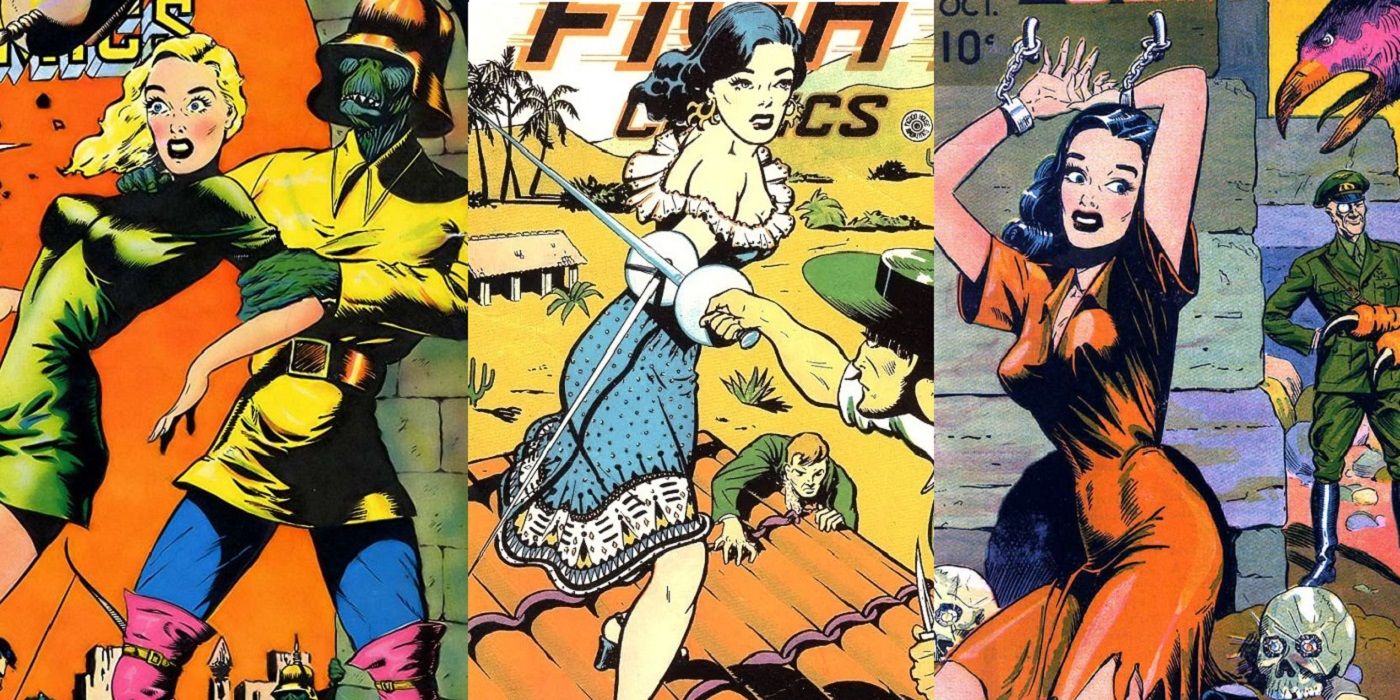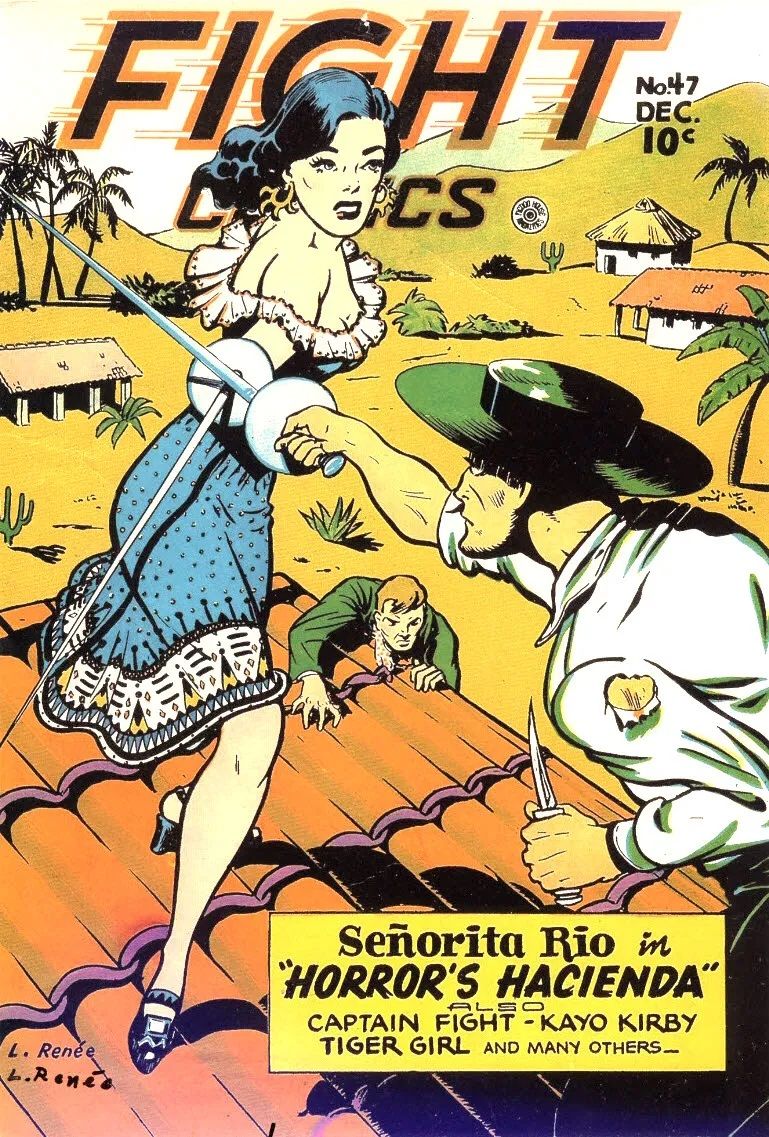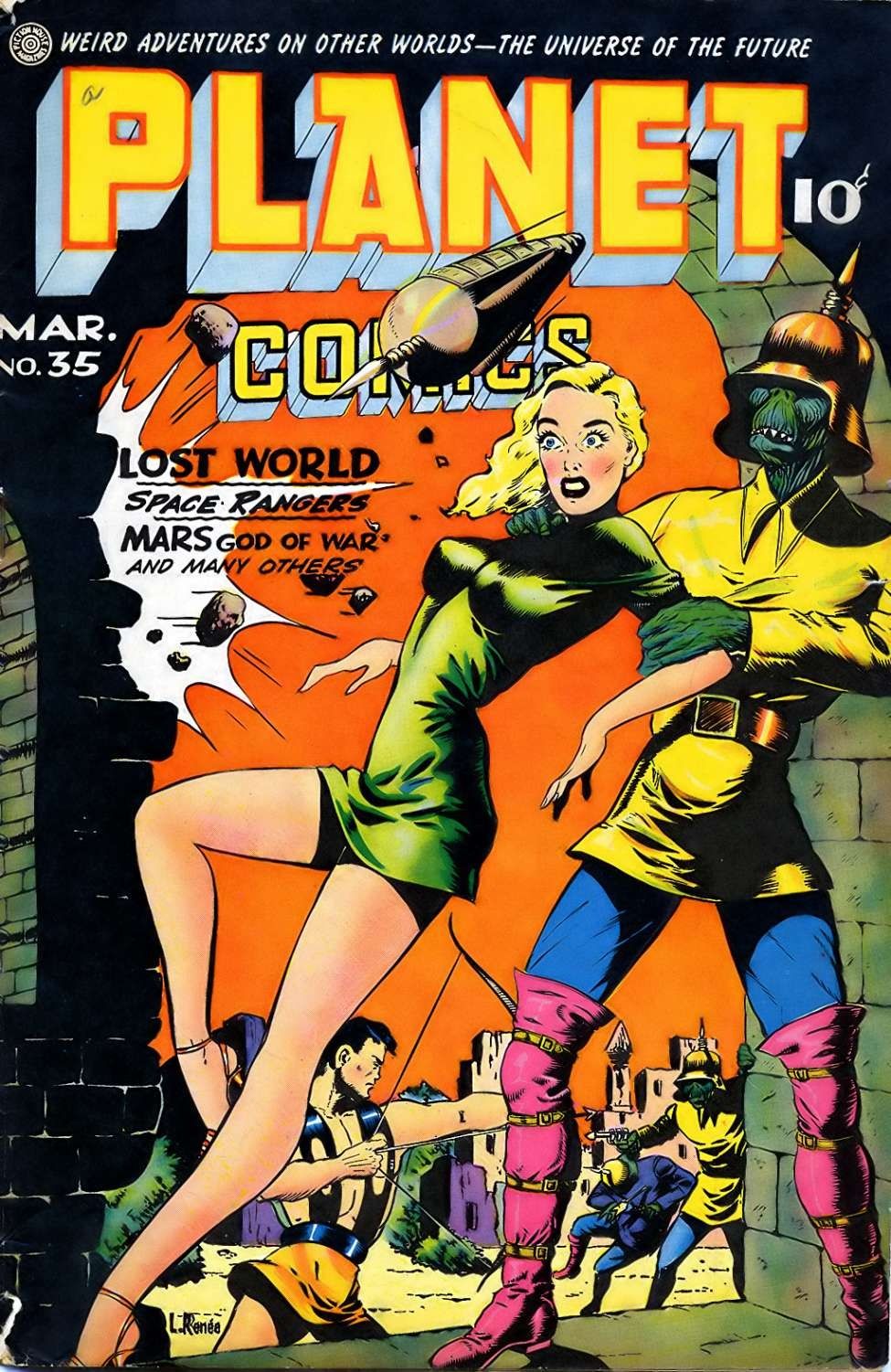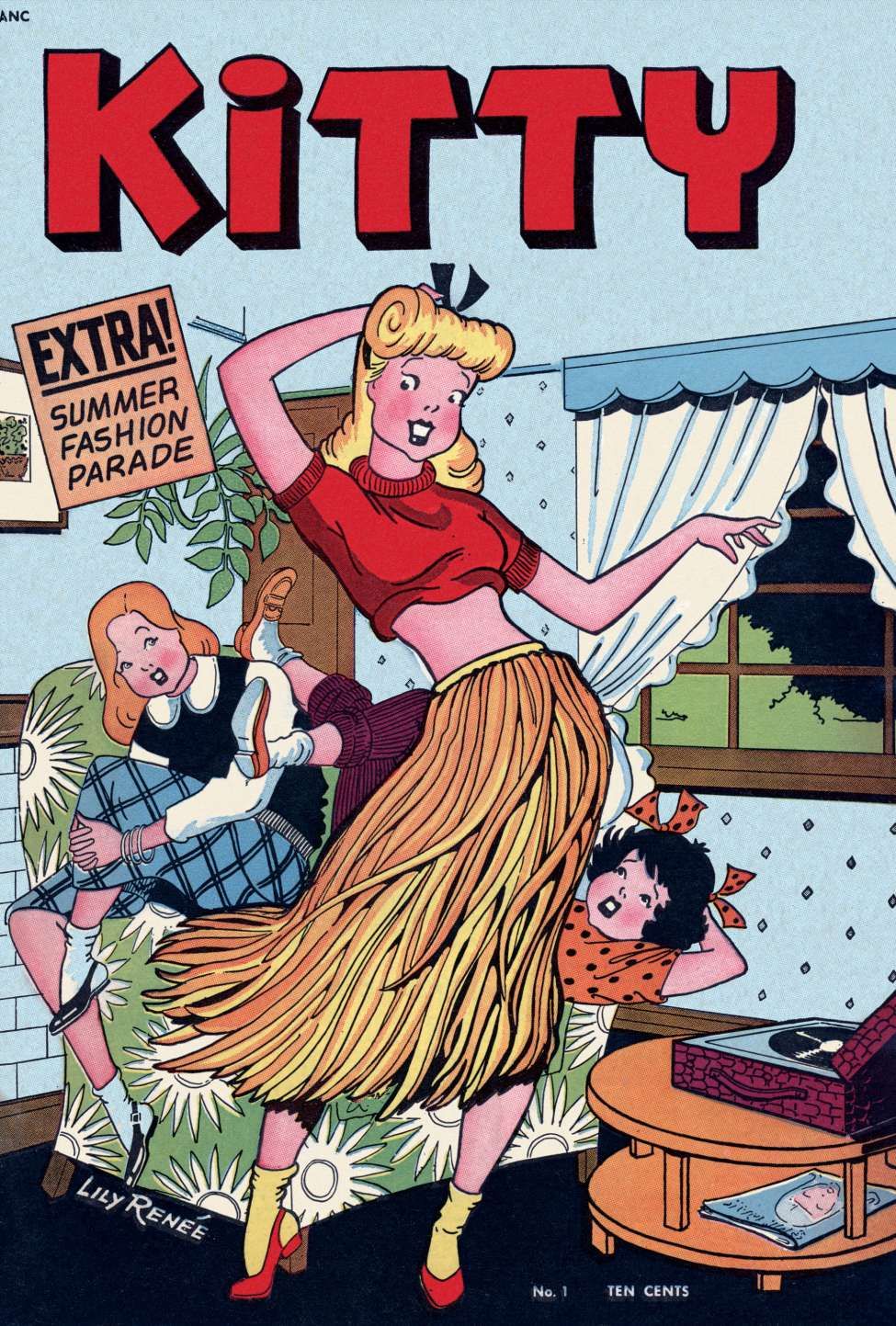Lily Renée, a comic book pioneer who was one of the first female comic book artists during the Golden Age, an achievement that went mostly unnoticed until she got to revel in her newfound fame in her 80s and 90s, has passed away at the age of 101.
Renée, born Lily Renée Willheim, came of age in a well-to-do family in Vienna, Austria, in the 1930s. However, since her family was Jewish, they became targets when Nazi Germany annexed Austria in March 1938. As a teenager, she was part of the Kindertransport, a widely organized effort to transport over 10,000 Jewish children out of Europe into the United Kingdom before the start of World War II. She worked odd jobs in England until her parents were able to emigrate to the United States. She joined them there at some point around 1939.
Once the United States entered the war in 1941, it caused a problem for the booming comic book industry. There was a tremendous demand for comic book content during World War II, but a number of artists (like Jack Kirby, Will Eisner and Bob Kane) were being drafted, so the comic book companies needed new artists and became willing to hire female comic book artists. Renée recalled to Trina Robbins what her life was like right before getting into comics, "At that time, I was painting Tyrolean designs on wooden boxes, and then I got a job on the 46th floor of Rockefeller Center at Reiss advertising agency. They paid me 50 cents an hour to draw catalogs for Woolworth's. And so I was making some money too and I was going to night school, and then I think I told you that my mother saw an ad in the paper for comic artists? I went to [the comic-book publisher] Fiction House and I was hired on a trial basis, and they kept me. And then after a year-and-a-half, I was doing covers and I got a big Christmas bonus...."
As noted, Fiction House had already begun to hire other female artists, like Fran Hooper and Nina Albright, but Renée (who used her first name and her middle name as her professional name, signing her work "L.Renée," presumably to hide the fact that she was a woman) qucikly became a standout at Fiction House. Her first regular feature was working on the Jane Martin feature, about a female pilot. Her biggest character was Señorita Rio, created by Nick Cardy. Check out her excellent cover work on Señorita Rio's feature in Fight Comics...
Renée also drew science fiction stories for Fiction House during the 1940s...
Renée continued to work for Fiction House after the war ended, but in 1948, she and her husband at the time, fellow artist, Eric Peters (also a refugee from Vienna), moved to St. John Publications, where she drew humor and romance comics...
She then married Randolph Phillips, a financial consultant who was heavily involved in the American Civil Liberties Union. She stopped working in comics, doing some children's books and playwriting over the years, as she also raised two children with Phillips.
Like many Golden Age artists, Renée was mostly unknown until her granddaughter actually contacted the great comic book historian, Trina Robbins, in 2006, to let her know that her grandmother was Renée and, to Robbins' amazement (and delight), she was still alive and would love to talk about her comic book career. Robbins interviewed Renée for The Comics Journal in 2006 and in 2007, Renée visited Comic-Con International at San Diego for the first time and was inducted into the Hall of Fame.
Renée's children announced their mother's passing through Robbins' Facebook page.




